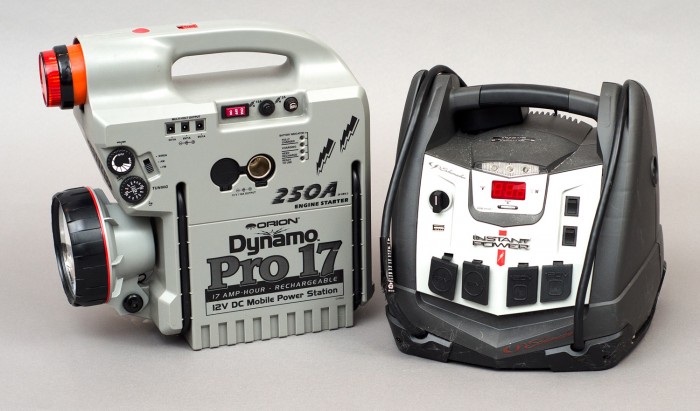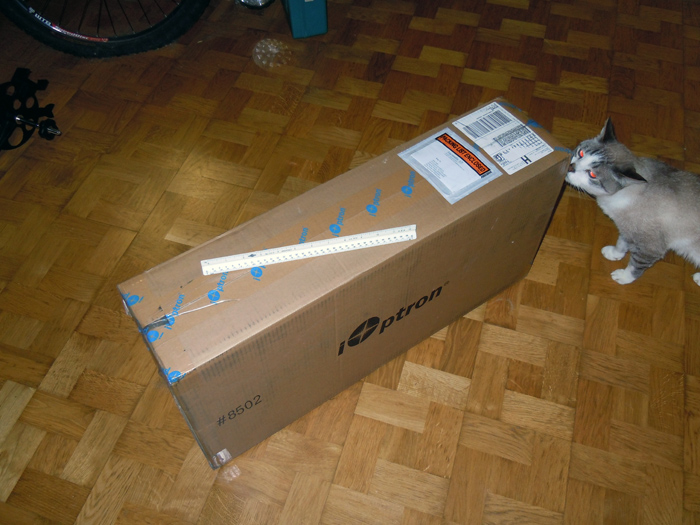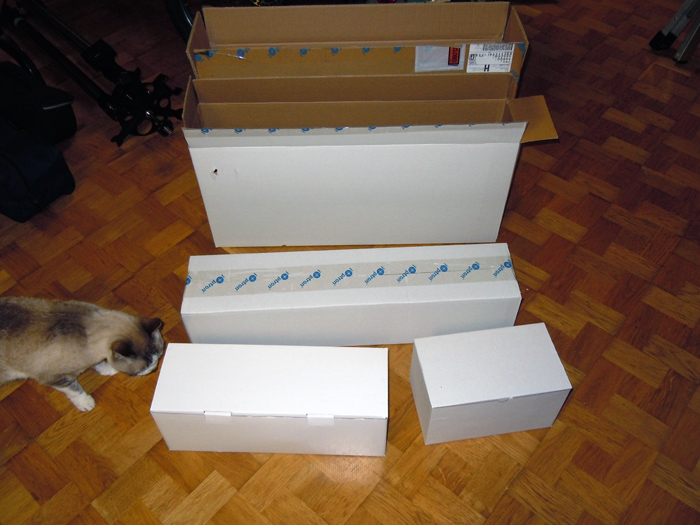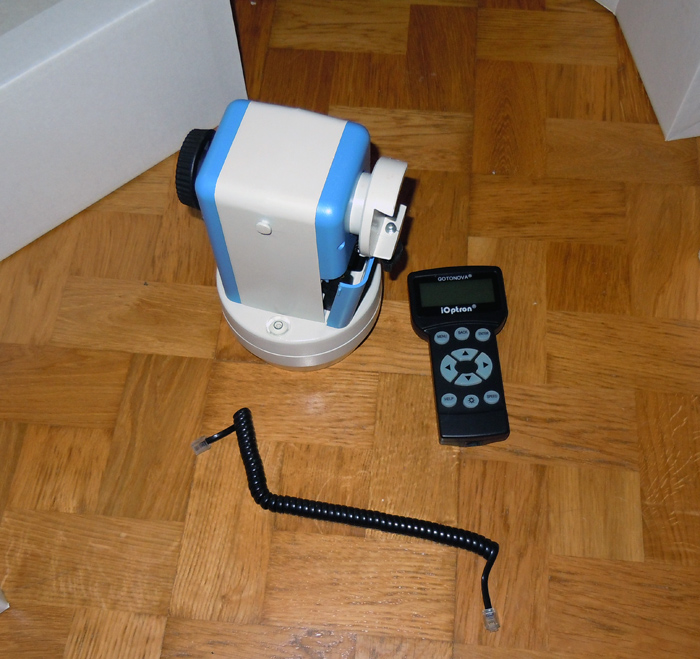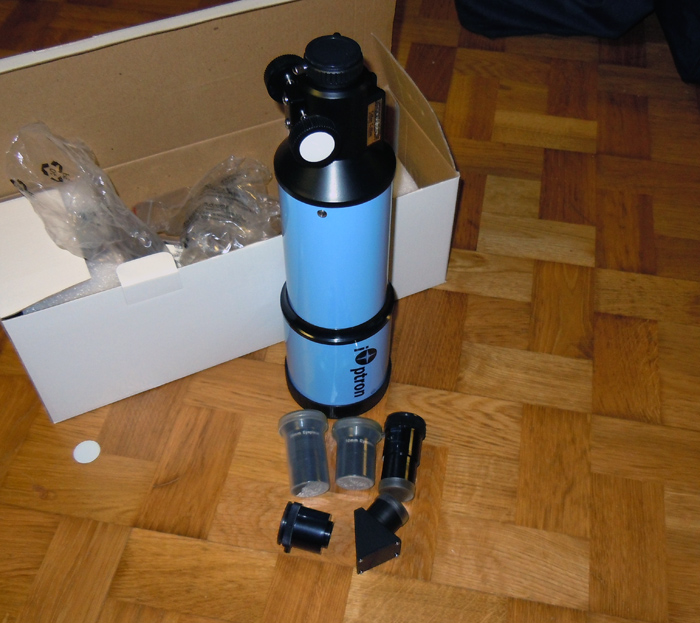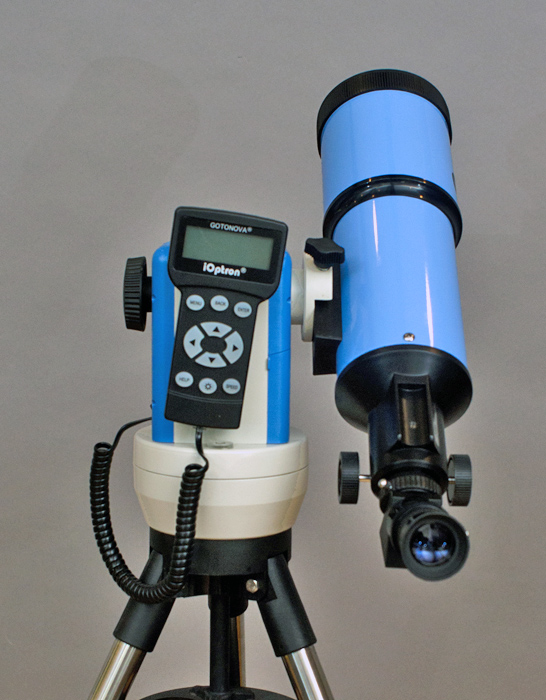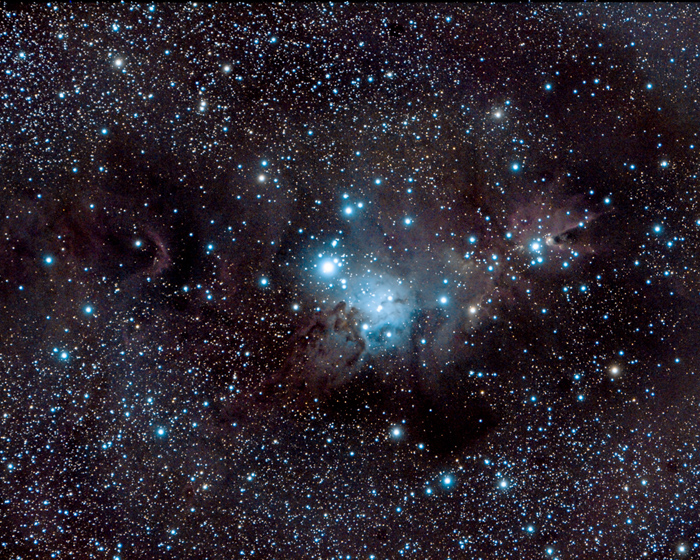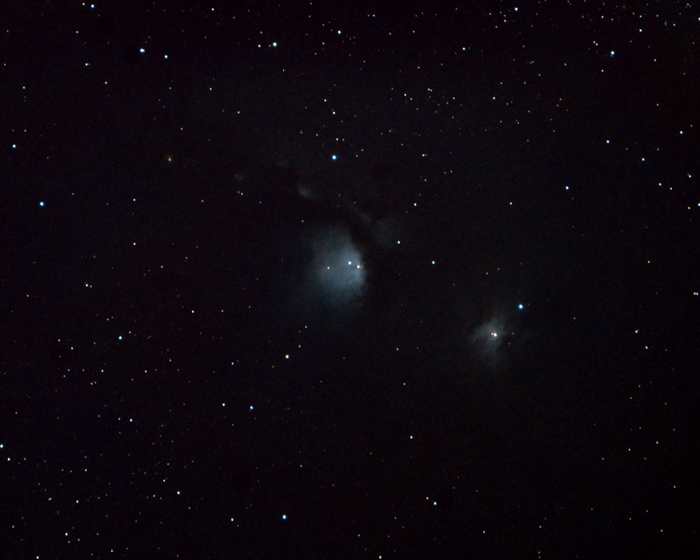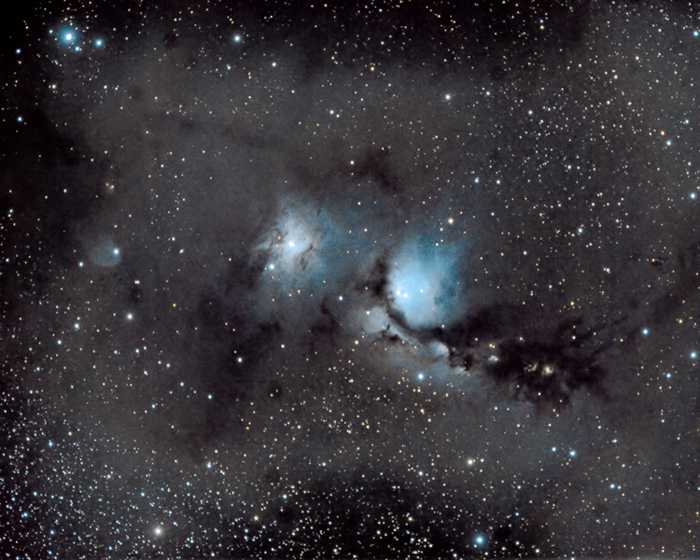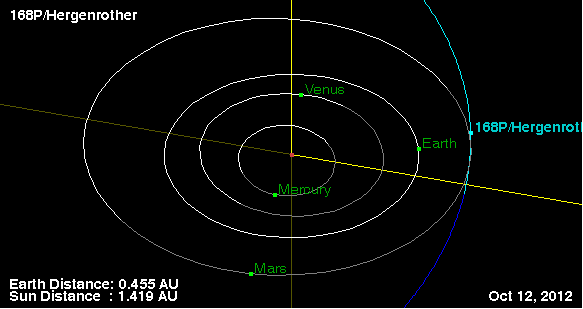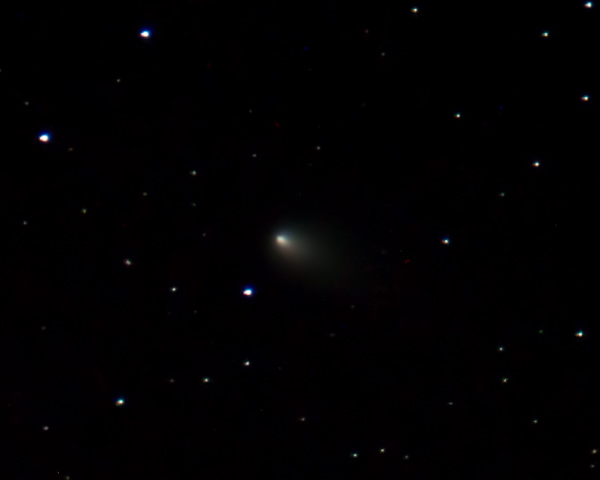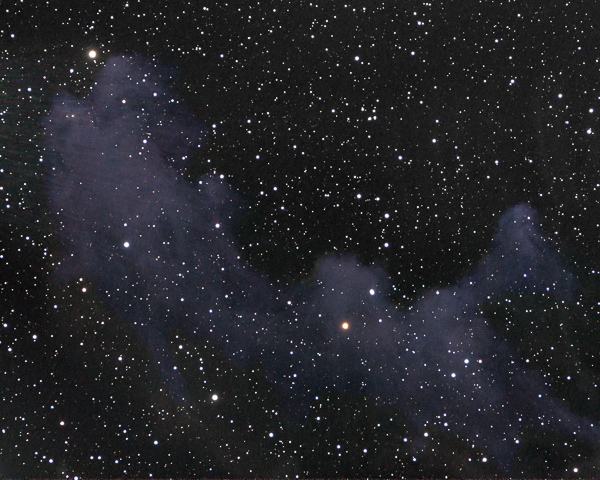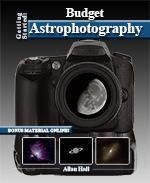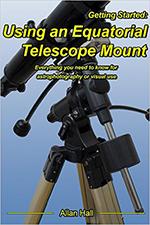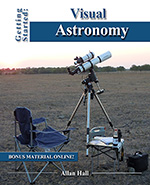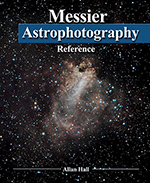Getting Started: Long Exposure Astrophotography is finally here! As some of you may know I have been working on a book that expanded on my original 19 page cobbled together booklet from over a year ago. Now, about a year, more than 220 pictures, 61,000 words and 346 pages later, the ultimate astrophotography how to is finally finished and ready for sale. If you are thinking about getting started in astrophotography, this is for you.
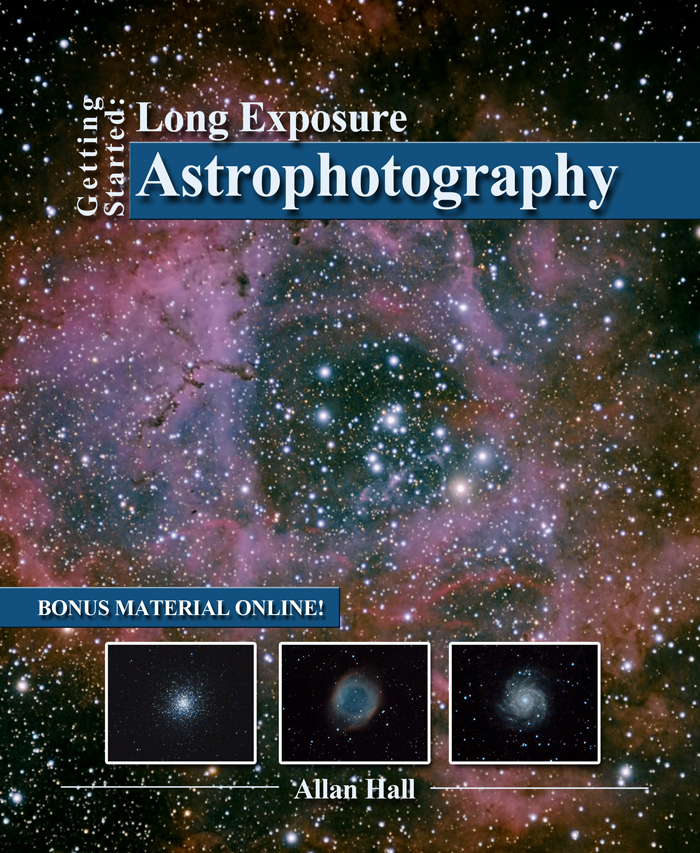

The book covers everything you need to know to get started including topics such as general astrophotography equipment, DSLR astrophotography, astrophotography software, and much more.
Here is the description directly from Amazon:
A primer and a fully-formed, practical format for entering the world of long exposure astrophotography, Allan Hall’s Getting Started: Long Exposure astrophotography brings the rewarding pursuit of stellar imaging to your bedside table. With academic flare and his signature approachability, Hall utilizes a suite of formats to provide readers with everything they need to begin – and develop. From charts, images, purchasing guides, walkthroughs and detailed descriptions, this Getting Started title is an in-depth resource for today’s astrophotographer at any level of their discipline.
Leading up to an incredibly useful list of the first twenty-five objects an astrophotographer might image with long exposures, this Getting Started title also offers a range of equipment advice and grounded descriptions of why certain phenomenon occur – as well as what they will mean for you and your shoots.
Though founded in the clarity and precision of science and photography, astrophotography can nonetheless be one of the most artistic and even sensual crafts, as well as one of the most daunting. A road map is essential when pursuing a rich experience imaging and cataloguing the night sky. Getting Started: Long Exposure Astrophotography, with over 200 illustrations, images, charts and graphs bolstering its clear and instructive text,
takes readers from practical equipment purchases, savvy preparations, and understanding of heavenly bodies, with the proper – and smart – ways to capture their expansive sight, intimate motion, and breathtaking portraitry.
From purchasing your first astrophotography telescope, hooking up your camera, taking long exposure images, and finally processing that finished image, this book is rich with provisions and tips. Hall expertly balances his own procedures with general and inclusive guides from set-up to software recommendations.
So, if you have ever wanted to take photographs of glowing nebulae, spiral galaxies and shimmering star clusters, this is the reference you want on your desk as well as with you out under the sky.
A journey begins, with Hall exploring in-depth details of field rotation and focusing methods, as well as explaining not just the what and how, but the ever important why. So you won’t just follow instructions for multiple image stacking, you’ll understand the effect and craft of it. And the descriptions of atmospheric phenomenon affecting imaging won’t end there, but lead you to experiments in which you can observe and understand.
For today’s astrophotographers, access is key. Encouragingly, there is more than ever in many ways. From the quality of equipment that you can purchase to the ready availability of software and meteorological information, it’s a photographer’s dream in many ways. Let this unprecedented scenario work for you, whether you’re looking to take your first photos or enhance your development as a long-exposure cosmic curator.
From start to finish, Allan Hall’s Getting Started: Long Exposure Astrophotography is your comprehensive resource, taking you from entrance to expertise in the rewarding field of astrophotography – with a focus on the long exposure element that makes for such memorable, lifelong pieces of photography.
Share this post!





